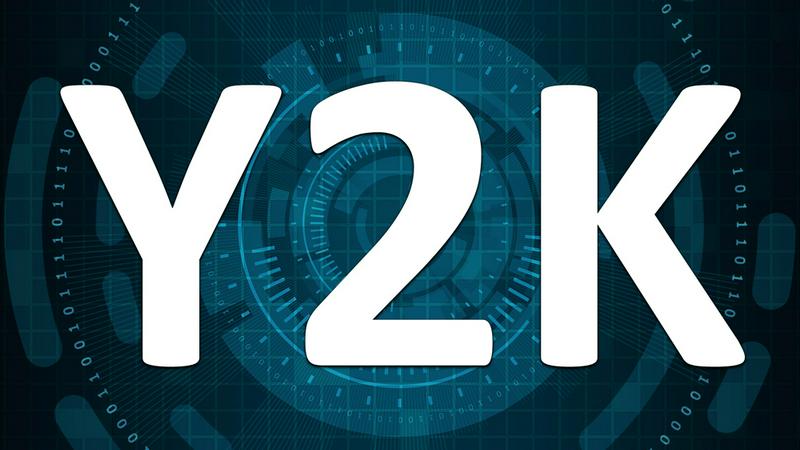The Y2K Scare of 1999
By | June 21, 2019

At the end of the Twentieth Century, many people were panicking. They were stocking up on nonperishable food, camping equipment, batteries, fuel, and various other survival necessities – all in anticipation of the end of the world. And it wasn’t just everyday consumers who were panicking. Governments and private organizations were spending billions of dollars preparing for the new millennium.
The mass hysteria wasn’t completely unfounded. The Y2K Scare was spawned by a phenomenon referred to by technology experts as the “Millennium Bug” or “Year 2000 Problem.” It was caused by the fact that computer engineers of the 1960s and 1970s used two digits instead of four to represent the year. Instead of “1969,” they simply put “69.” This made sense at the time because it saved costly storage space and the programmers did not anticipate the problems it would cause if these programs were still being used at the turn of the century. It wasn’t until about 1996 that computer experts began to realize that when the year changed from 1999 to 2000, the computer programs would recognize the abbreviation “00” as 1900 instead of 2000.

While that may not seem like a big deal, many businesses had computer software which relied on accurate time-keeping. For example, banks use software to calculate daily interest rates. The Y2K Scare caused the banking institutions’ stock prices to drop. Others worried that the computer systems for the airlines, which also depended on having an accurate time and date, would fail and cause airplanes to fall from the sky. Others feared that all computer systems would fail, including those relied on by hospitals and power plants.
Further complicating the issue was yet another theory that the computer failure would actually occur on September 9, 1999, which would have been abbreviated 9/9/99. Apparently, early programmers often used a series of nines to indicate the end of the program. Many were concerned that when the date changed to 9/9/99, it would trigger all of the computers to end the program and shut down. However, for most people, it was January 1, 2000, which threatened to be the end of modern civilization.

The first report of the potential problem came in 1996, prompting the British Standards Institute to develop the “Year 2000 Conformity Requirements.” Governments all over the world began making preparations to deal with the issue. In 1998, president Bill Clinton held a press conference to discuss the potential problem. Time magazine contributed to the hysteria with their 1999 cover which read “The End of the World?” The American Red Cross did their part as well, warning people to withdraw cash, fill up their gas tanks, and stock up on warm clothing. The New York Times told people that they might not have access to their prescription medications. Rumors arose that prisoners could get released early due to the bug, but the FBI was quick to put those rumors to rest.

Meanwhile, computer experts were working to correct the problem, creating new software which recorded the year with four digits instead of two. John Koskinen, the chairman of Bill Clinton’s commission in charge of the 2000 conversion, attempted to reassure the masses, suggesting that “overreaction” was a bigger threat. Bill Gates referred to the Y2K bug as “a minor inconvenience.” On December 29, a credit card machine outage in the UK led many to believe that their fears were materializing. However, on January 1, the computers changed to the new date with only a few incidents of software failure.

The lack of a technological apocalypse on January 1, 2000, led many to question the billions of dollars spent fixing the problem. According to the government, the smooth transition to the new millennium was a result of the money spent preparing for it. However, that claim is still contested today as many claim that the transition was equally smooth in countries that did not prepare for the new year.

